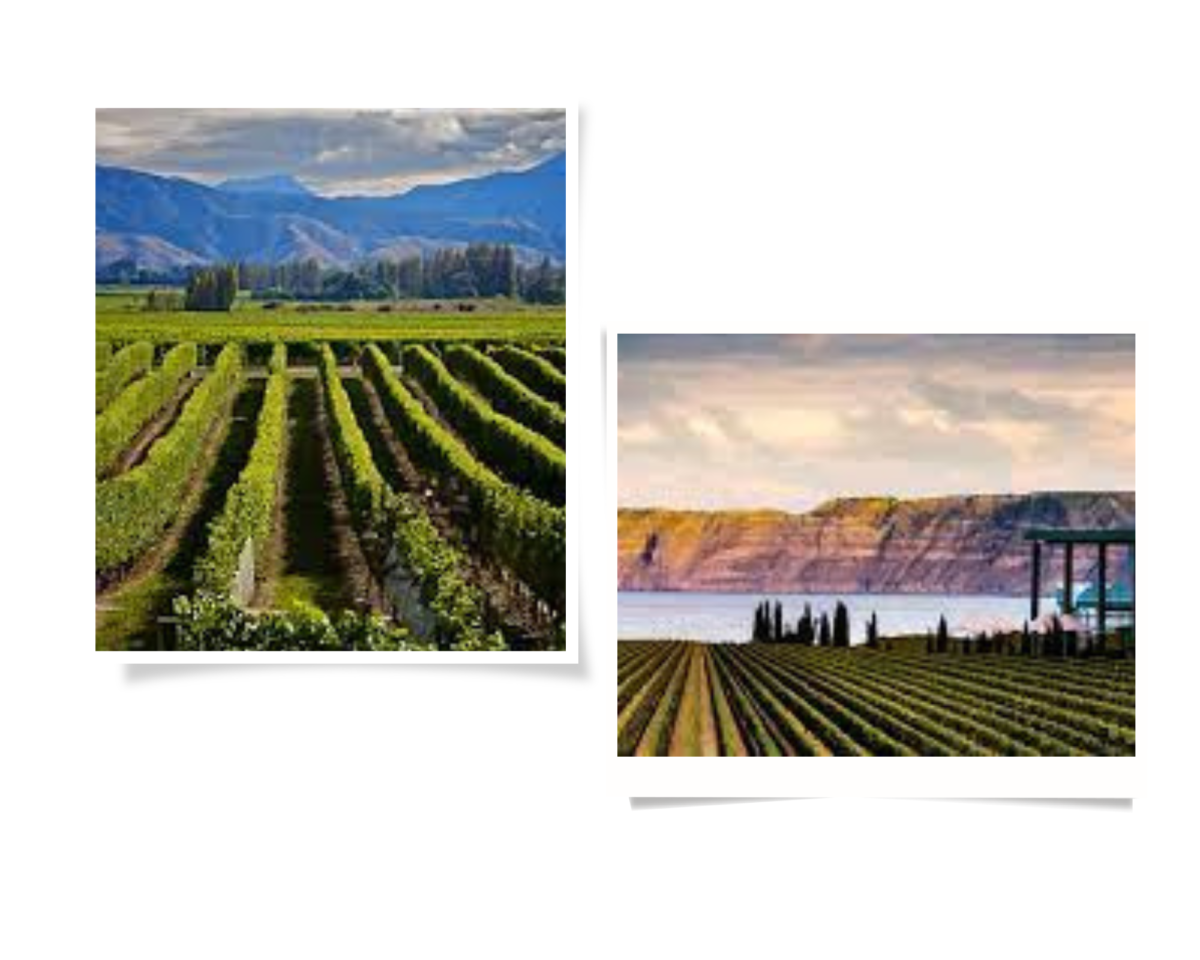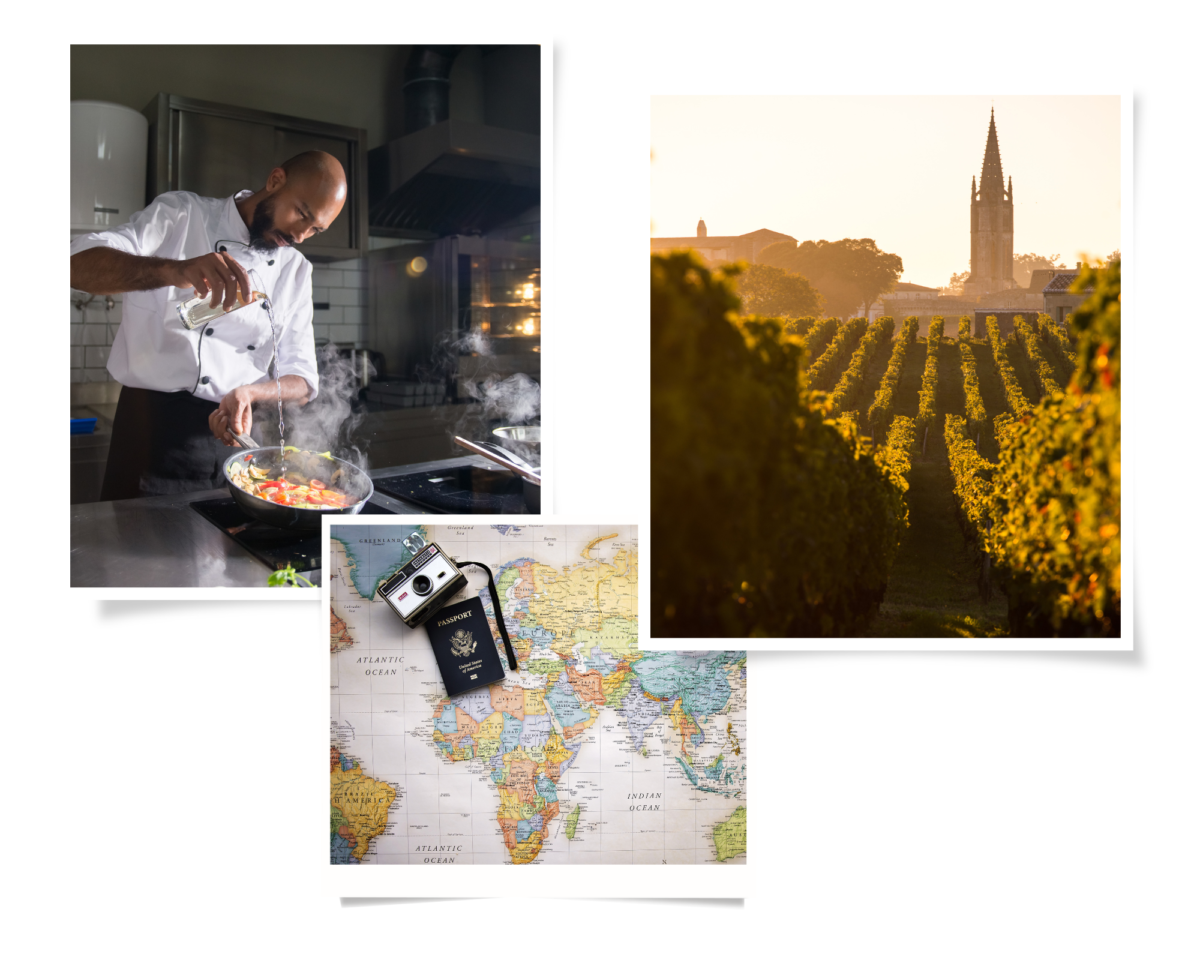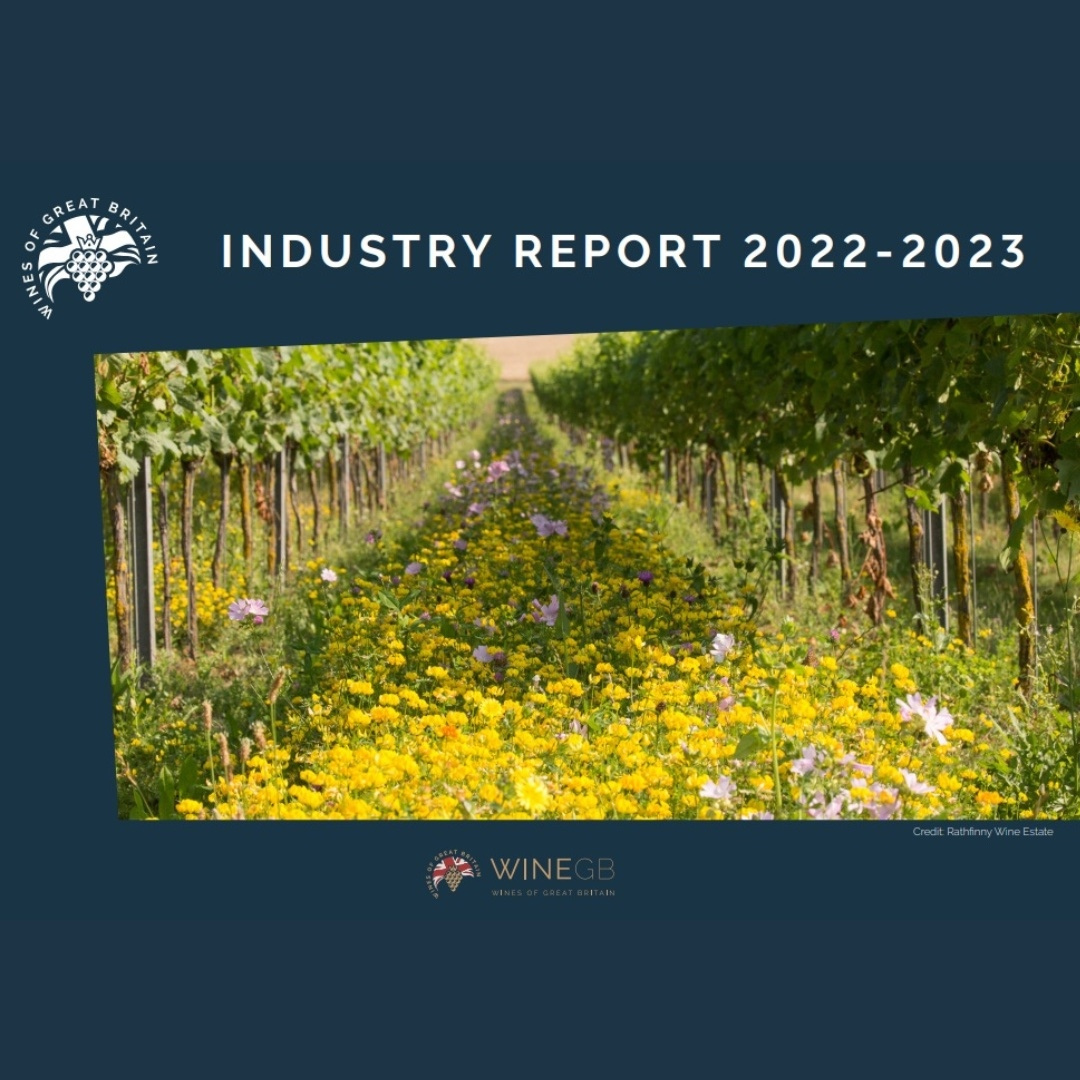Soaring demand for New Zealand Sauvignon Blanc allowed the country’s wine producers to increase exports by 25% in the past year.
Strong export value and increasing international demand will help support further export growth over the next 12 months, despite a challenging season and a smaller harvest than last year, reports New Zealand Winegrowers.
The total value of the New Zealand wine industry exports (year to May 2023) was $2.4 billion, up 25% on 2022.
“Reaching another new record level of wine exports into some of the world’s largest and most competitive markets is an outstanding achievement for New Zealand wine exporters, and testifies to the increasingly strong global demand for our wines,” says Philip Gregan, CEO of New Zealand Winegrowers.
“New Zealand wine, particularly Sauvignon Blanc, is going from strength to strength in the USA, as consumers appreciate the distinctive flavours, commitment to quality, and know it is a unique product that they can trust.”
This year’s vintage will help the industry to meet increasing international demand, and consumers can look forward to some exceptional 2023 New Zealand wines. Nationally, harvest was down 6% on the record level 2022 vintage
The largest export markets are the United States, the UK and Australia, which account for the bulk of sales.






